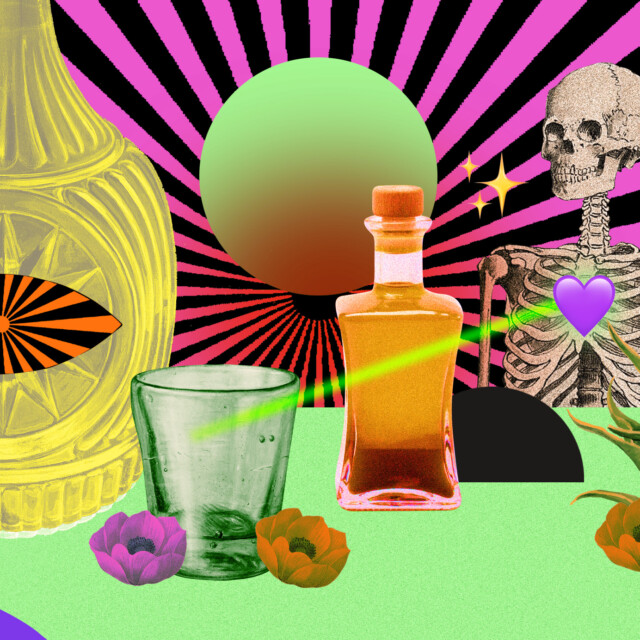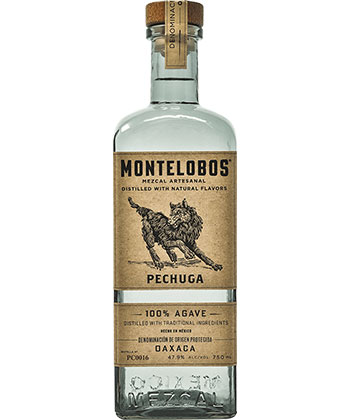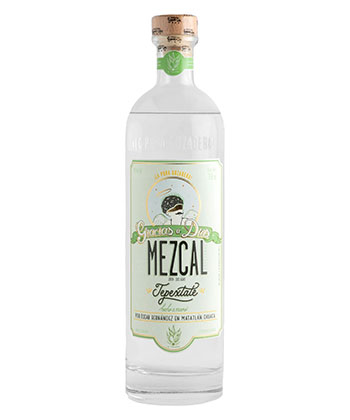To understand Día de los Muertos is to let go of all prior preconceptions of death and adapt a Mesoamerican cosmovision. This requires a bit of spirit (both the philosophical kind and the liquid kind), ancestral knowledge, and profound respect for the stages of life. Mezcal and tequila (which also happens to be a type of mezcal) are facilitators of the conscience, generating an experience of heightened understanding of this special celebration of life.
“What we have today as the Day of the Dead celebration is the synchronism between two cultures: the Mesoamerican cultures before the arrival of the conquistadors, and the Spanish Catholic culture,” explains Vicente Reyes, founder of Oaxacan collective Hermano Maguey. A proud Oaxacan and mezcal connoisseur, Reyes is also a deeply spiritual individual who navigates through life with the teachings of his ancestors in mind. His book “Camino Maguey” is an ode to agave, locally called maguey, and a poetic portrait of the true transformative powers of the plant.
Dia De Los Muertos Origins & Rituals
The Day of the Dead is celebrated in Mexico on November 1 and 2, the latter being the day of honoring and respecting deceased adults. Leading up to the holiday, families exhibit remembrance of those gone from the physical plane of Earth by setting up altars and ofrendas (offerings). Every altar is distinct depending on region and local beliefs, but each is complete with a flower ark. This particular attribute is considered a portal, inviting the dead for a visit. To make them feel welcome, some of their favorite things, including spirits, fruits, pan de muerto (death’s bread), and more are exhibited alongside cempasuchil (marigold flowers), candles, and incense (preferably copal). Despite common misconceptions, the Day of the Dead has nothing to do with Halloween, although it is celebrated around a similar time.
“The main concept of living in the Mesoamerican culture was defined by a binomial, that of unity and diversity,” says Reyes. “In particular, they considered the energies of life and death as a continuity. As a result, when someone would leave the physical world, it was just to start another trip of their soul.” After the arrival of the Spanish, the ritual started to include Catholic ethos, too, yet the spirit of the ancient culture was so strong that it persists today.
Mexican Día de los Muertos festivals are some of the brightest yet darkest celebrations, featuring distinct death associations, including calaveras and catrinas (skulls and skeleton sculptures made from sugar and other materials) all juxtaposed with colorful flowers, Sunday-best fashion, epicurean treats, colorful paper cutouts, and plenty of mezcal and tequila. “It is a celebration, after all,” says Reyes. Mexico’s most popular destinations during this time include Oaxaca and Patzcuaro, known for their extensive traditional celebrations.
Oaxaca has mainly gained popularity as the destination for the dead as it is close to Mitla, the underworld city of the Zapotec culture. It is believed that here is where the energy is felt strongest. The spirited celebrations are always accompanied by a liquid libation: mezcal, often considered a magical or perhaps even medicinal drink. In Oaxaca they say, “Para todo mal, mezcal, para todo bien, también” (mezcal for bad and mezcal for good, too.) “Mezcal in Oaxaca is the drink we all have in common to pay homage to the deceased,” says Xaime Niembro, director of Gracias a Dios Mezcal. “And above all, is the drink that the living and dead like. In these kinds of events or celebrations, it’s when we realize that mezcal is there in the good and bad times.”
Agave Distillations
Mezcal is often also used by shamans within local medicinal traditions (especially that of birth) and religion. But the true otherworldliness of the spirit lies in the agave plant itself. “Mezcal is a vehicle to connect with the spiritual world for those who have the sensibility,” says Reyes. It is known as the first plant to exist in this part of the world and has always been there to tell its stories. Thus, the maguey makes quite a few appearances in Mexican folklore. In fact, it is believed that the goddess Mayahuel transformed into the plant through a ray of light, creating fire. “What you are really drinking when you drink mezcal, when you respect it, is solar energy,” Reyes says.
Agave distillates — from mezcal to tequila, sotol, raicilla, and more — follow Mexican culture through all the expressions of life through a cultural celebration of botany that allows for an even more profound perception of both life and death. Mezcal becomes even more specifically related to Día de los Muertos when a special seasonal distillation called “mezcal de pechuga” is made. This exceptional post-celebratory mezcal features a triple distillation, the last of which infuses flavors from a poultry breast and seasonal fruits often taken from the altar. It thus turns faith into liquid appreciation.
Mezcal follows more traditional and ancestral methods of creations than tequila, often focused on sensual appreciation and intuition rather than recipe. This is yet another example of the synchronism of cultures Reyes mentions — tequila adopting European distillation techniques (despite that Mesoamerica already had distillation before the Spanish arrival) to create what is now an internationally appreciated spirit.
Mezcal and tequila brands often come out with special-edition bottles to commemorate Día de los Muertos as one of the most important celebrations of the year. Similarly to how celebrators outfit their homes with decorations for the holiday, these spirits are often housed in stunning decanters designed by renowned artists. The liquid itself is also often more complex — rare, aged, or extra distilled to mark the special occasion.
4 Limited-Edition Mezcals and Tequilas to Try on Dia de los Muertos
Clase Azul Tequila Día de Muertos Limited Edition Colores ($1,050)
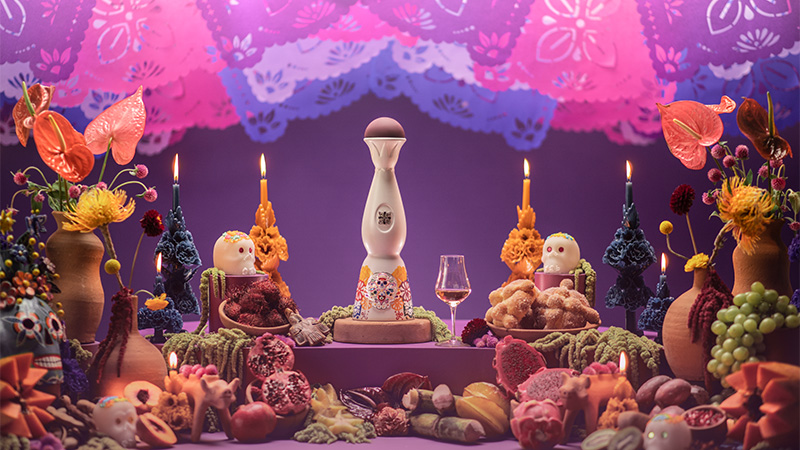
This limited-edition añejo bottle pays tribute to the vibrant colors of Día de los Muertos. The Mexican tradition of calaveras sugar sculptures inspired not only the decoration of the decanter but also the creation of the tequila inside, with its tender hints of sweetness. The tequila undergoes a unique aging process of 28 months in American whiskey casks followed by a finish in artisanal rum casks from the island of Martinique.
Montelobos Pechuga ($129.99)
Montelobos’s most premium mezcal offering to date, the Pechuga is a triple-distillation espadín-based mezcal. The unique spirit known to be mastered after Día de los Muertos features a third distillation with a kosher turkey breast and 40 seasonal fruits and spices from the region. The ensemble delivers notes of tropical fruit, roasted almond, and maple honey.
Amaras Logia Sacatoro ($139.99)
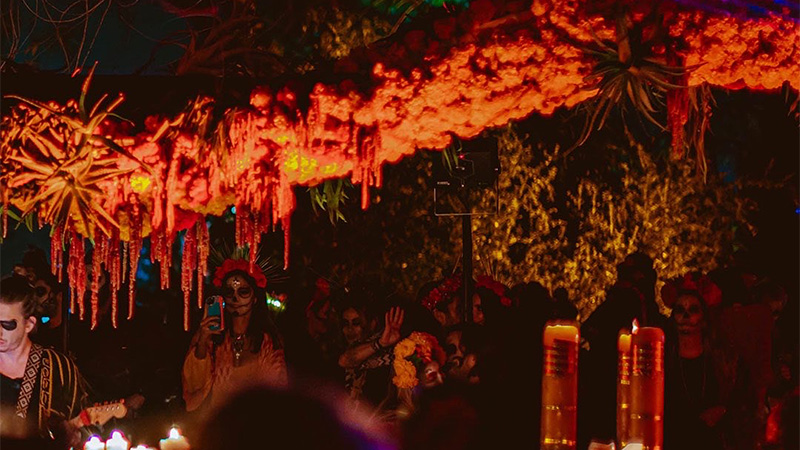
Mezcal Amaras’s special editions are an ode to craft and experimentation. The brand, known for its annual Boda de los Muertos ticketed event open to the public, has released four new Logia iterations ahead of this year’s celebration. The Sacatoro is made from Guerrero, a rare, endemic agave from Tixtla with notes of leather, toasted peanuts, and a sweet caramel finish.
Mezcal Gracias a Dios Tepeztate ($85.99)
A liquid offering to the superior spirit, Gracias a Dios (Thank God) is an authentic spirit with true integrity to the process and creation of mezcal. Its Tepeztate is a rare mezcal, as the agave used to make it takes nearly 25 years to ripen fully. Unlike the typical smoky flavor we often expect in mezcal, this Tepeztate sports mineral notes with herbs and vegetables — a special mezcal for a special day.
